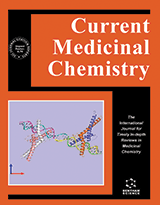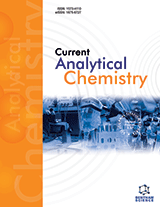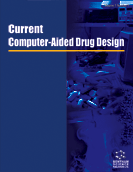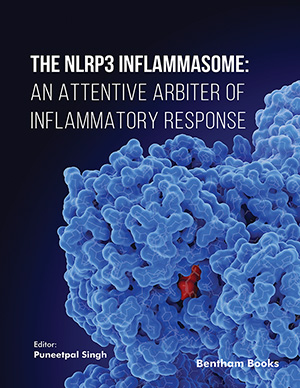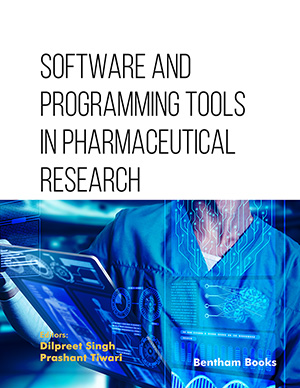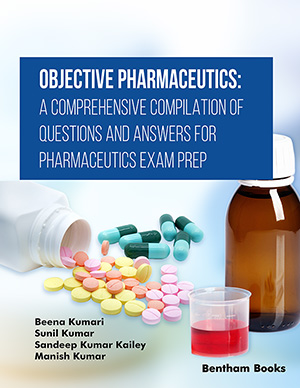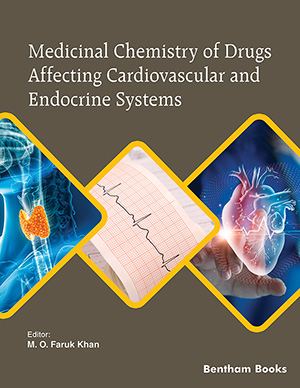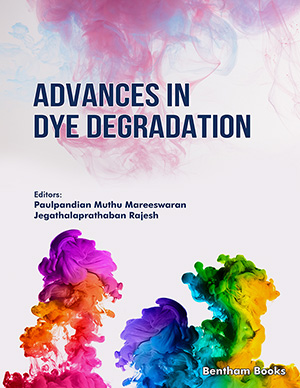Abstract
In the last twenty years, numerous reports provided solid evidence on the involvement of the mitochondrial permeability transition pore (PTP) in myocardial injury caused by ischemia and reperfusion. Indeed, significant cardioprotection is obtained by reducing the open probability of the PTP. This goal has been achieved by pharmacological and genetic interventions aimed at inhibiting cyclophilin D (CyPD), a regulatory protein that favors PTP opening. On the other hand, CyPD inhibition or deletion has been shown to worsen remodeling of the hypertrophic heart, an adverse outcome that must find an explanation within PTP modulation by CyPD. In this review, recent advancements in defining the molecular identity of the PTP are analyzed in relation to its pathophysiological functions and pharmacological modulation. In this respect, advantages and limitations of compounds targeting CyPD are discussed with the analysis of novel PTP inhibitors that do not interact with CyPD.
Keywords: Permeability transition, cyclophilin D, reactive oxygen species, calcium, ischemia, heart.
Current Medicinal Chemistry
Title:Modulation of Mitochondrial Permeability Transition in Ischemia-Reperfusion Injury of the Heart. Advantages and Limitations
Volume: 22 Issue: 20
Author(s): Fabio Di Lisa and Paolo Bernardi
Affiliation:
Keywords: Permeability transition, cyclophilin D, reactive oxygen species, calcium, ischemia, heart.
Abstract: In the last twenty years, numerous reports provided solid evidence on the involvement of the mitochondrial permeability transition pore (PTP) in myocardial injury caused by ischemia and reperfusion. Indeed, significant cardioprotection is obtained by reducing the open probability of the PTP. This goal has been achieved by pharmacological and genetic interventions aimed at inhibiting cyclophilin D (CyPD), a regulatory protein that favors PTP opening. On the other hand, CyPD inhibition or deletion has been shown to worsen remodeling of the hypertrophic heart, an adverse outcome that must find an explanation within PTP modulation by CyPD. In this review, recent advancements in defining the molecular identity of the PTP are analyzed in relation to its pathophysiological functions and pharmacological modulation. In this respect, advantages and limitations of compounds targeting CyPD are discussed with the analysis of novel PTP inhibitors that do not interact with CyPD.
Export Options
About this article
Cite this article as:
Lisa Di Fabio and Bernardi Paolo, Modulation of Mitochondrial Permeability Transition in Ischemia-Reperfusion Injury of the Heart. Advantages and Limitations, Current Medicinal Chemistry 2015; 22 (20) . https://dx.doi.org/10.2174/0929867322666150530210005
| DOI https://dx.doi.org/10.2174/0929867322666150530210005 |
Print ISSN 0929-8673 |
| Publisher Name Bentham Science Publisher |
Online ISSN 1875-533X |
Call for Papers in Thematic Issues
Advances in Medicinal Chemistry: From Cancer to Chronic Diseases.
The broad spectrum of the issue will provide a comprehensive overview of emerging trends, novel therapeutic interventions, and translational insights that impact modern medicine. The primary focus will be diseases of global concern, including cancer, chronic pain, metabolic disorders, and autoimmune conditions, providing a broad overview of the advancements in ...read more
Approaches to the treatment of chronic inflammation
Chronic inflammation is a hallmark of numerous diseases, significantly impacting global health. Although chronic inflammation is a hot topic, not much has been written about approaches to its treatment. This thematic issue aims to showcase the latest advancements in chronic inflammation treatment and foster discussion on future directions in this ...read more
Cellular and Molecular Mechanisms of Non-Infectious Inflammatory Diseases: Focus on Clinical Implications
The Special Issue covers the results of the studies on cellular and molecular mechanisms of non-infectious inflammatory diseases, in particular, autoimmune rheumatic diseases, atherosclerotic cardiovascular disease and other age-related disorders such as type II diabetes, cancer, neurodegenerative disorders, etc. Review and research articles as well as methodology papers that summarize ...read more
Chalcogen-modified nucleic acid analogues
Chalcogen-modified nucleosides, nucleotides and oligonucleotides have been of great interest to scientific research for many years. The replacement of oxygen in the nucleobase, sugar or phosphate backbone by chalcogen atoms (sulfur, selenium, tellurium) gives these biomolecules unique properties resulting from their altered physical and chemical properties. The continuing interest in ...read more
 64
64 9
9 1
1 1
1
- Author Guidelines
- Graphical Abstracts
- Fabricating and Stating False Information
- Research Misconduct
- Post Publication Discussions and Corrections
- Publishing Ethics and Rectitude
- Increase Visibility of Your Article
- Archiving Policies
- Peer Review Workflow
- Order Your Article Before Print
- Promote Your Article
- Manuscript Transfer Facility
- Editorial Policies
- Allegations from Whistleblowers
- Announcements
Related Articles
-
Recent Progress on the Discovery of NLRP3 Inhibitors and their Therapeutic Potential
Current Medicinal Chemistry Pathophysiological Role of Mitochondrial Potassium Channels and their Modulation by Drugs
Current Medicinal Chemistry Preconditioning with Chronic Cerebral Hypoperfusion Reduces a Focal Cerebral Ischemic Injury and Increases Apurinic/Apyrimidinic Endonuclease/Redox Factor-1 and Matrix Metalloproteinase-2 Expression
Current Neurovascular Research Effects of Hyperlipidemia and Cardiovascular Diseases on Proliferation, Differentiation and Homing of Mesenchymal Stem Cells
Current Stem Cell Research & Therapy Influence of Usnic Acid and its Derivatives on the Activity of Mammalian Poly(ADP-ribose)polymerase 1 and DNA Polymerase β
Medicinal Chemistry Ameliorative Effect of Phosphodiesterase-5 Inhibitor in Rat Model of Vascular Dementia
Current Neurovascular Research Human Ghrelin: A Gastric Hormone with Cardiovascular Properties
Current Pharmaceutical Design Oxidative Stress and the Use of Antioxidants for the Treatment of Rheumatoid Arthritis
Current Medicinal Chemistry - Immunology, Endocrine & Metabolic Agents Three-dimensional Printing-Driving Liver Therapies
Current Medicinal Chemistry Proteomic Validation of Protease Drug Targets: Pharmacoproteomics of Matrix Metalloproteinase Inhibitor Drugs Using Isotope-Coded Affinity Tag Labelling and Tandem Mass Spectrometry
Current Pharmaceutical Design Targeting Microglial Activation in Stroke Therapy: Pharmacological Tools and Gender Effects
Current Medicinal Chemistry Fatty Acid-Mediated Inhibition of Metal Binding to the Multi-Metal Site on Serum Albumin: Implications for Cardiovascular Disease
Current Topics in Medicinal Chemistry Diabetic Neuropathy: Update on Pathophysiological Mechanism and the Possible Involvement of Glutamate Pathways
Current Diabetes Reviews The Vascular Endothelin System in Hypertension - Recent Patents and Discoveries
Recent Patents on Cardiovascular Drug Discovery Intracoronary Injection of Drugs to Treat No – Reflow Phenomenon and Microcirculatory Dysfunction
Cardiovascular & Hematological Agents in Medicinal Chemistry The role of NADPH Oxidase in Vascular Disease – Hypertension, Atherosclerosis & Stroke
Current Pharmaceutical Design The Role of ER Stress-Induced Apoptosis in Neurodegeneration
Current Alzheimer Research Role of Dietary Fiber in Formation and Prevention of Small Intestinal Ulcers Induced by Nonsteroidal Anti-Inflammatory Drug
Current Pharmaceutical Design The Use of Nitric Oxide Synthase Inhibitors in Inflammatory Diseases: A Novel Class of Anti-Inflammatory Agents
Current Medicinal Chemistry - Anti-Inflammatory & Anti-Allergy Agents New Horizons in Diabetes Therapy
Immunology, Endocrine & Metabolic Agents in Medicinal Chemistry (Discontinued)


